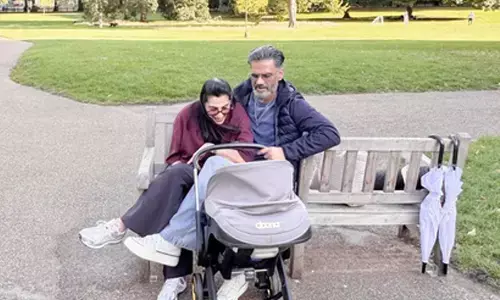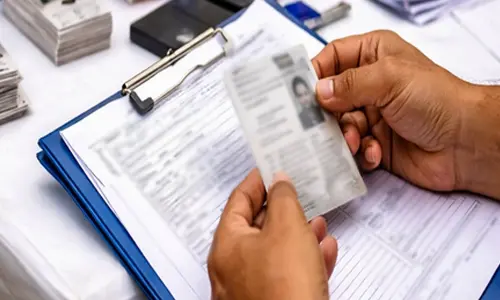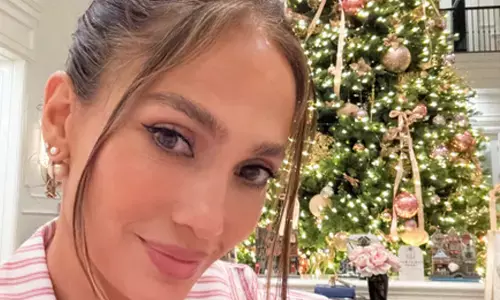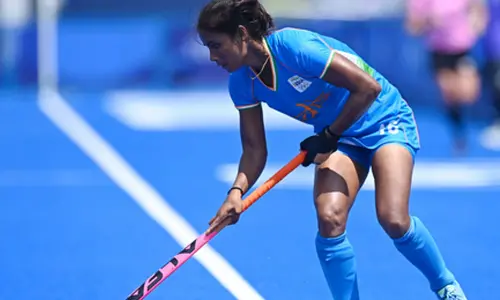Telecom journey from Morse code to mobile

Telecom journey from Morse code to mobile
BSNL is replacing its exchanges with NGN (Next Generation Network) ones which work on Packet switching (instead of circuit switching) principle
TELECOMMUNICATIONS and Space are the sectors which witnessed tremendous growth in our country. In fact, proper term for the growth of telecom is not expansion but 'explosion'.
Indian telecom is having more than 170 years of saga. It started with Telegraph. In 1850 first experimental telegraph line started between Calcutta and Diamond Harbour. In Telegraph system, messages are sent using Morse code using dots and dashes. For example, the Morse code for A is • - (dot dash).
Earlier licensing, regulation of tariffs and telecom operations were performed by single entity i.e., Department of Telecommunications. On 20th February 1997, TRAI was formed to regulate telecom services and tariffs and to ensure fair competition among all players and level playing field for them. On 24.1. 2000 TDSAT was formed by taking away adjudication and dispute settlement functions from TRAI. On 1.10.2000 BSNL was formed by taking away operations from DOT retaining licensing function with DOT. With the advent of SMS, telegraph service became outdated and was laid to rest in 2013.
Graham Bell invented Telephone. Telephone service started with Manual telephone exchanges and operator at exchange used to ask "number please" and connect to the desired telephone number. At that time, only rich could afford telephones. Many people didn't have access to telephone and never heard of dial tone. Now telephone that too mobile phone and that too smart phone has become a bare necessity. For connecting long distance calls, Trunk Exchanges used to be there. Trunk lines were running between towns for providing long distance telephone service. Many times, it used to take days for the trunk call to get matured. Lightning calls used to get top priority. With the progress in technology, subscribers themselves can dial trunk calls.
With the advent of technology, manual exchanges were replaced with automatic ones. Initially Strowger exchanges working on relays were inducted, later replaced with Cross bar exchanges.
With the progress in technology, these electromechanical exchanges were replaced with electronic exchanges, initially analogue and later digital ones. Compared to electro mechanical exchanges, the electronic ones have better features including faster switching speed and offer better facilities to subscribers as well as to administration. Similarly manual trunk exchanges were replaced by electro mechanical Trunk Automatic exchanges and ultimately by Digital Trunk Automatic Exchanges (DTAX).
BSNL is replacing its exchanges with NGN (Next Generation Network) ones which work on Packet switching (instead of circuit switching) principle. They handle both voice and data and offer Value added services like Fixed - Mobile convergence, IP Centrex, Multimedia conference etc.
Telecom broadly consists of two technologies, switching and transmission. Telephone Exchanges take care of switching function. Transmission technology deals with how telephone signal from one end to another end is carried. In transmission, technology has transited from open wire lines to coaxial and to radio/ satellite/ optic fibre. Satellite medium is an ideal one to connect BAckward, Hilly And Remote (BAHAR) areas which can't be connected by radio or wire. Satellite calls have made people disciplined during conversation. To avoid echo problem, one has to speak only after other man finishes. Echo suppressors/cancellers are used to combat echo.
Satellites revolving in geosynchronous orbit are used for communication purpose. Ours is the first country to have multipurpose satellite, with communication, TV and metrology pay load.
Optical fibre technology is a real boon to telecom. There is no electric interference as there is no metal in it. Light wave travels through it using the phenomenon of 'Total internal reflection'.
Recently BSNL has commissioned Optical fibre link between Chennai and Port Blair, which will revolutionise digital transactions at this island city. Soon, similar link will be established between Kochi and Lakshadweep islands.
C-Dot exchanges and optic fibre have revolutionised telecom in our country. Their use made it possible to establish exchanges in rural areas and provide STD facility. C-Dot exchanges are suitable for tropical country like ours and air-conditioning is not required. It is an indigenous technology and not a 'transplanted' one. Penetration of STD booths, apart from providing employment opportunities, facilitated people who did not have phones/ STD facility, to make long distance calls. As cell phones are available with everybody now, STD booths are closed.
Narrow band internet service was introduced on land lines followed by CLI (Calling line identification) based internet. Now broad band is available on land lines.
Like umbilical cord, land lines connect customers to mother BSNL and BSNL ('Best Spoken National Language') land lines are highly suitable for long duration conversation. It acts as address proof. FTTH service in which optical fibres are laid to customer premises for the provision of high-speed broadband apart from voice is having lot of demand. BSNL has recently started Air fibre service on radio medium for the provision of Broadband in the areas in which fibre is not available. BSNL is giving number portability for the customers who migrate from land line (NGN exchange) to FTTH.
With the advent of mobile communications, land line lost its charm. Lack of storage of contacts and telephone numbers of incoming/outgoing calls and nonavailability of SMS facility are draw backs.
Some TSPs including BSNL have obtained licence for the provision of In-flight Wi-Fi service by using satellites and BTSs. Let us hope that shortly we will be enjoying internet service while flying.
When 2G services started in our country, it was private operators who offered them. By the time BSNL entered the fray as third operator, these private ones were well entrenched. As BSNL was not charging for incoming calls they had to do the same.
Though it entered mobile segment late, BSNL took over other operators because of its competitive tariff and coverage in rural areas.
2G services support slow speed data. 3G supports faster data speeds. BSNL was well ahead of others in introducing 3G technology. 3G supports video call, data and mobile TV.
With increase in digital transactions, online entertainment, on line education and with WhatsApp and similar applications getting popular, data consumption per person increased and requirement for higher data speeds grew necessitating the introduction of 4G. In the introduction of 4G, BSNL is lagging. Its competitors have already introduced 4G. Wherever it introduced 4 G using the spectrum of 3G, the data speeds are quite good. Since now all decks are cleared, we can hope that BSNL will introduce 4Gshortly throughout its service area.
Coming to 5G, it supports still higher data speeds with low latency. Self-driven cars is one of the applications. Remote surgery, smart cities, automated factories are other interesting applications. Spectrum is allotted to operators for conducting 5G trials. 5G is likely to be introduced by mid-2021.
Telecom journey from Morse to Mobile 5th Generation and Manual Exchanges to Next generation Network Exchanges is really mind boggling.
(The author is retired
Advisor, Department of Telecommunications (DoT) Government of India)
















